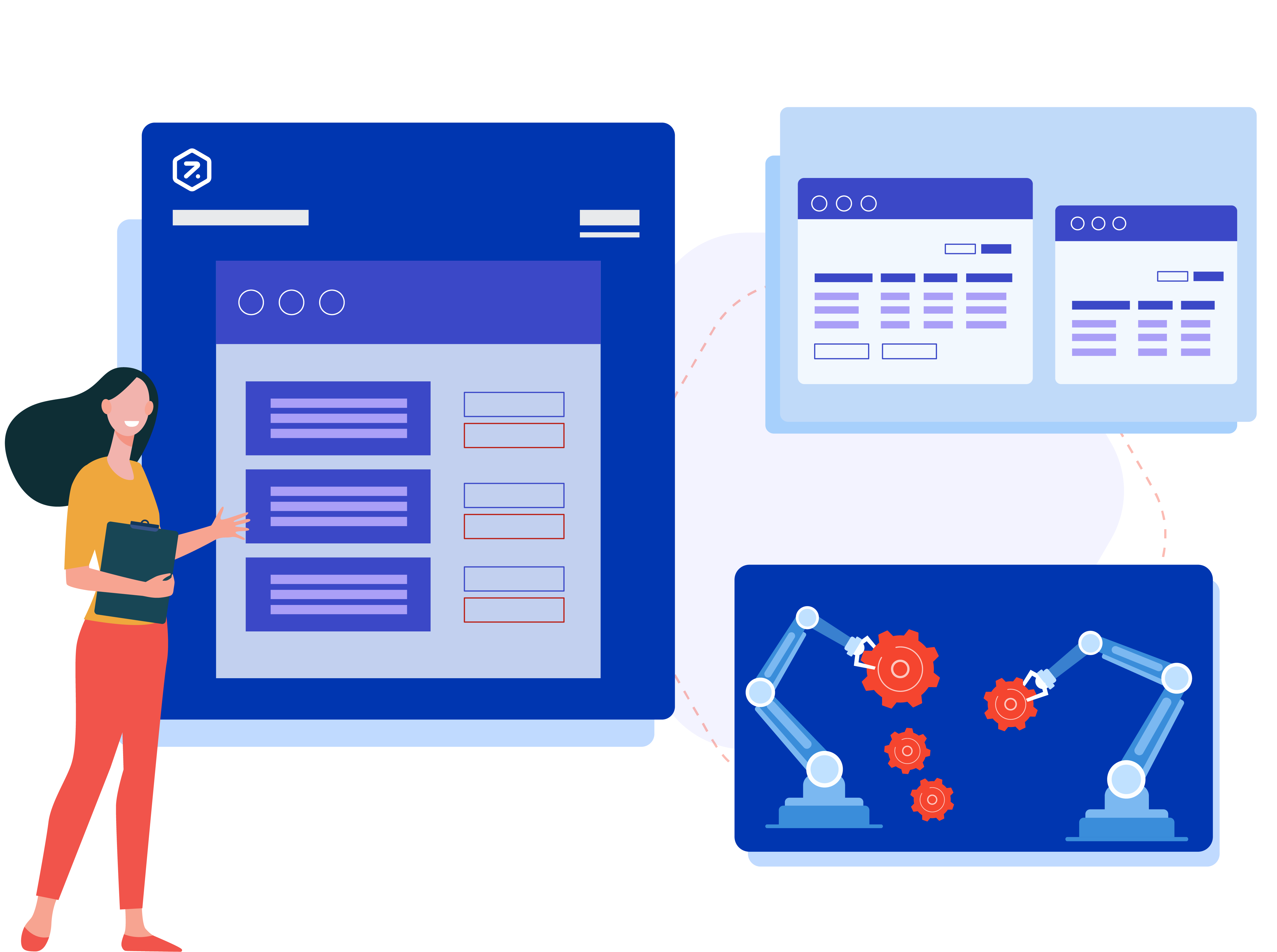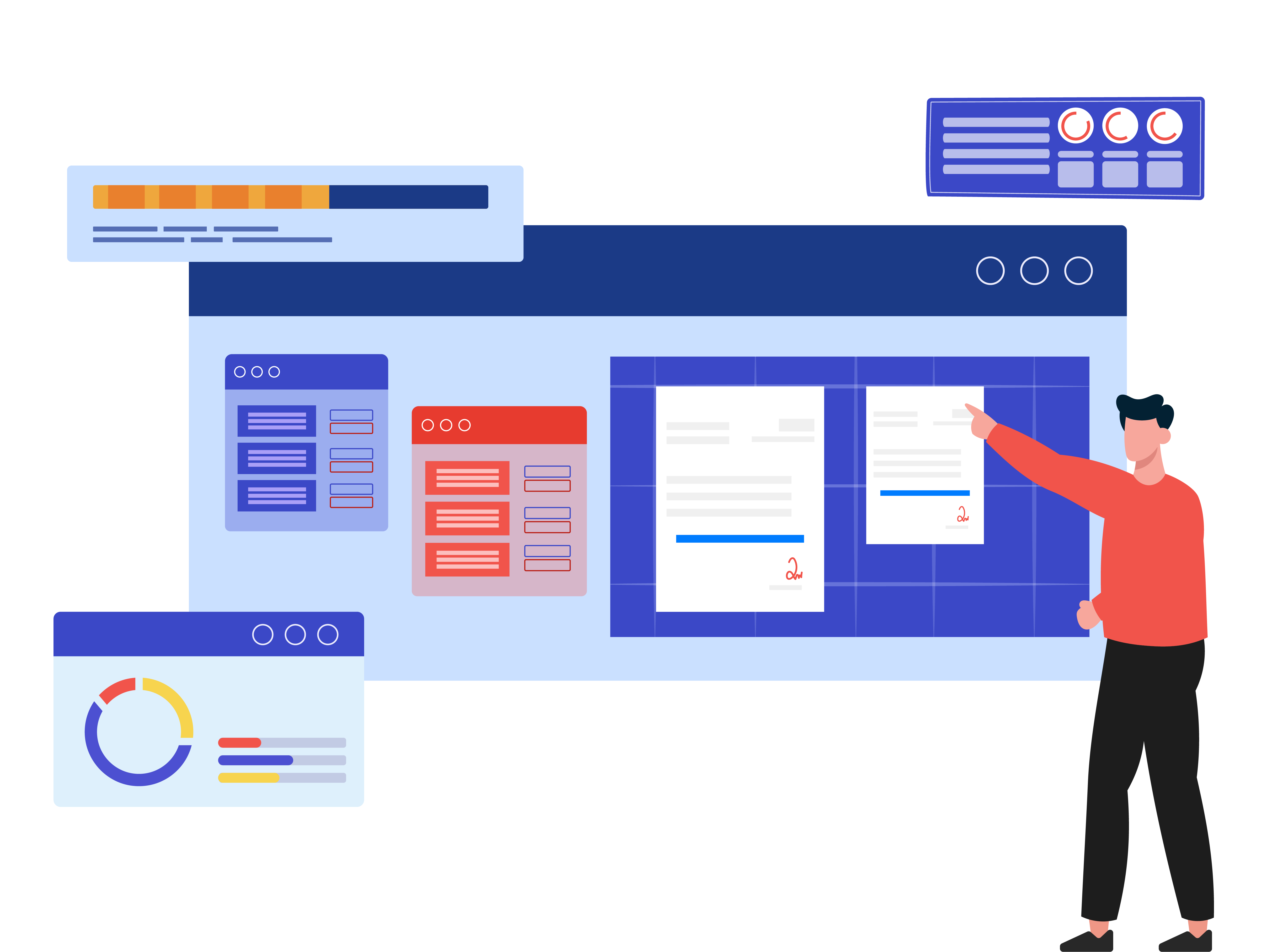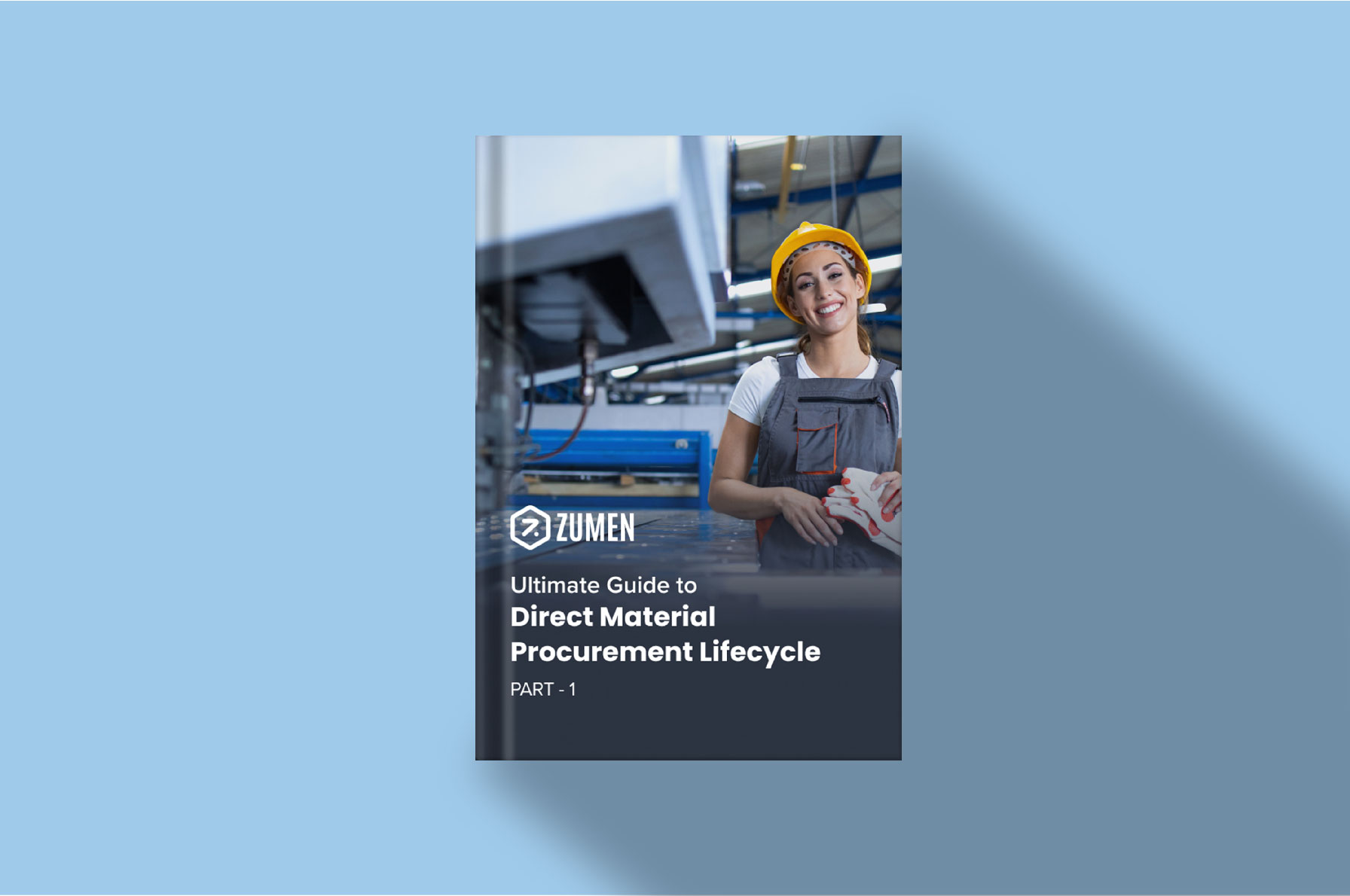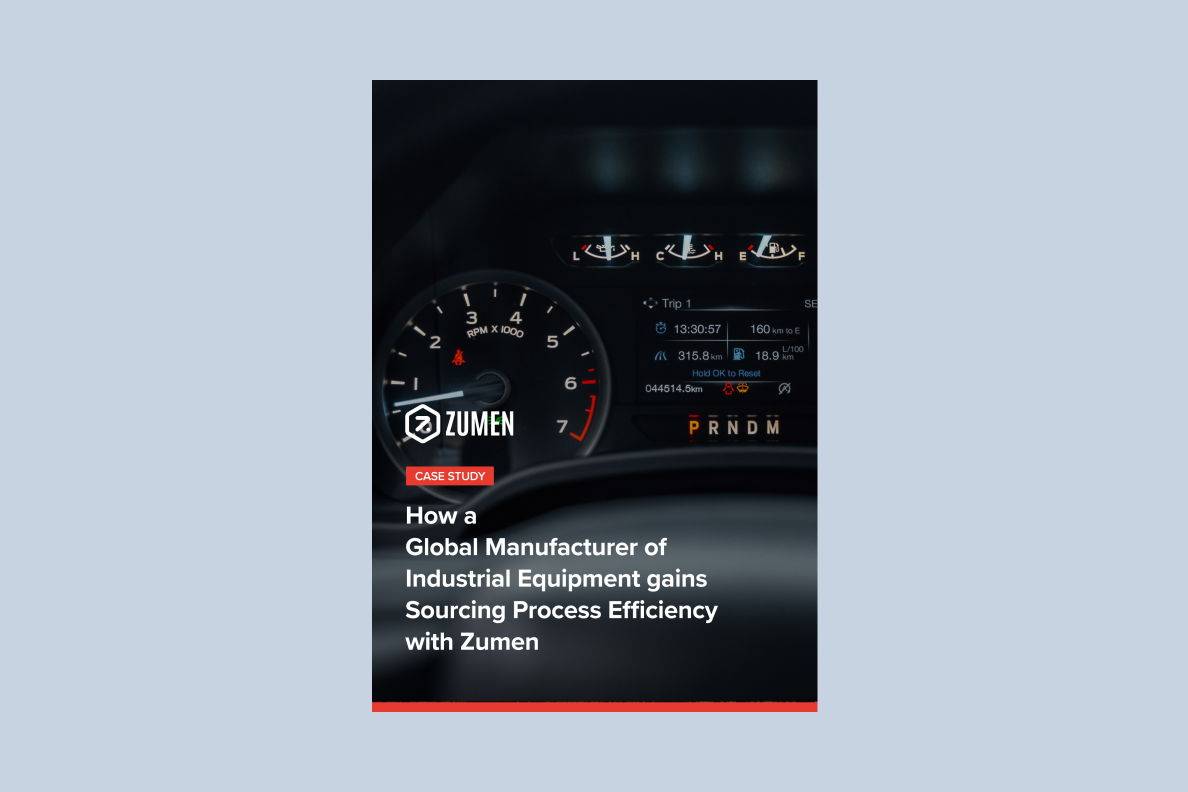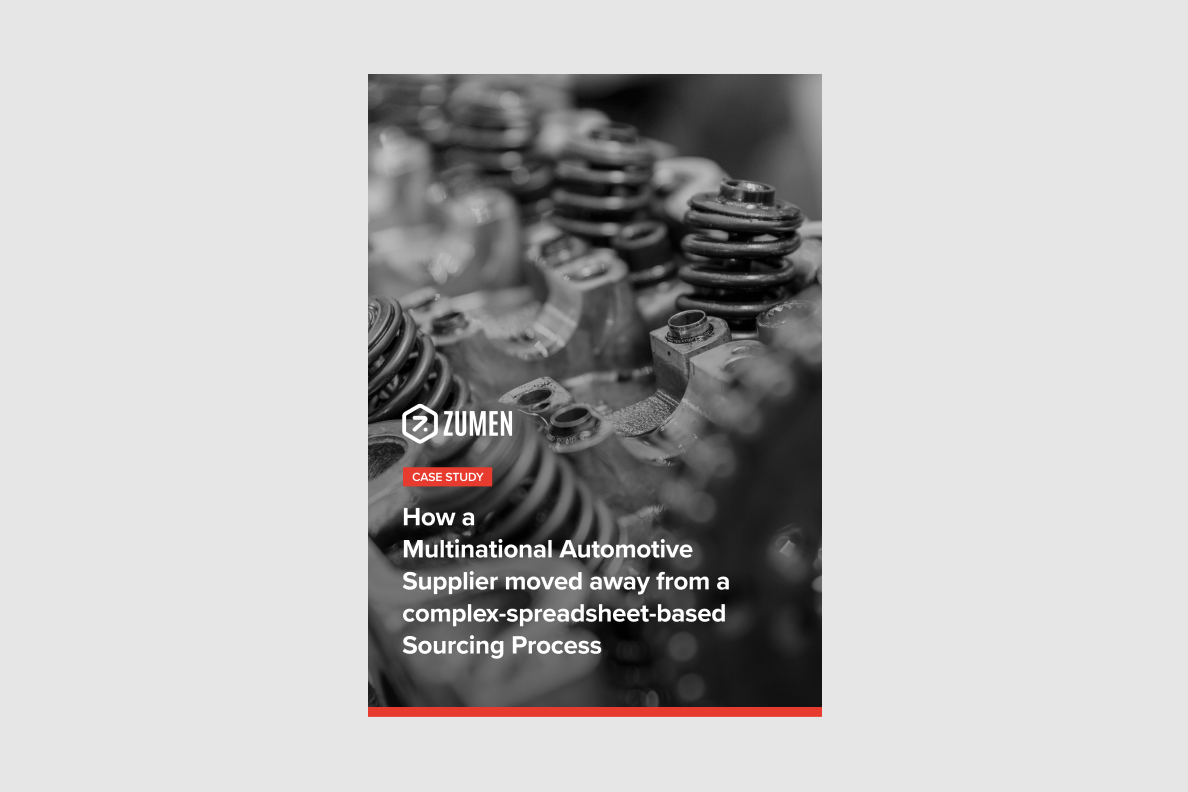OEM Industry: OEMs, suppliers, and how to use a procurement system?
Business | December 07, 2022 | By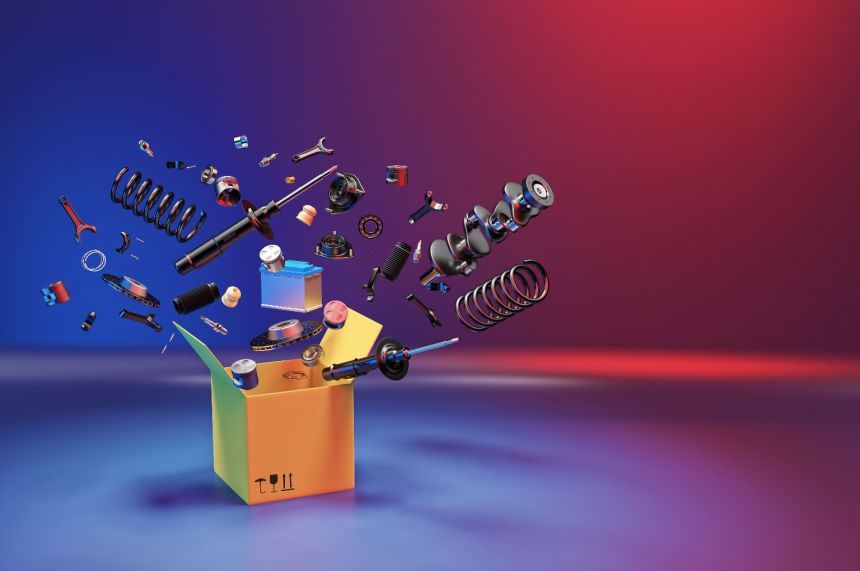
Although OEMs and Tier 1 suppliers face different challenges in their procurement function, they essentially strive to reduce the time for the introduction of new products by using their procurement system.
A product’s development and design may change as OEMs develop them, so suppliers need to be flexible as well. Time delays and cost overruns are common problems for OEMs and suppliers because their procurement tools and methods aren’t optimized to meet milestones efficiently.
OEMs and Tier 1 suppliers face a unique procurement problem due to the way their procurement systems work. It is common for people to focus on completing tasks rather than on a specific outcome.
It is imperative to combat these challenges now, communicate with greater efficiency, and avoid the problems lack of communication can cause, from development to production, given the complexity of systems and the rapid pace of NPI cycles.
How do OEMs view the challenges?
Mechatronics, electrical, and software components all contribute to the complexity of automotive and aerospace products. However, OEMs still have great difficulty understanding that if internal and external activities are not aligned, major market share can be lost due to delays.
Further complicating matters, excessive cost overruns are often caused by rushed production; mistakes commonly occur when things are rushed.
Small parts must be assembled at specific points to ensure the production process is efficient and bottlenecks are minimized. Aligning activities can be challenging and daunting.
Seat heaters in cars are a real-world example. There might be a different manufacturer of the integrated panel, the manufacturer of the seat, and the manufacturer of the dashboard panels that control the heater, all of which are interdependent. Therefore, if the activities involved for the seat manufacturer do not align with those of the integrated panel manufacturer, the overall vehicle integration cannot be tested.
You can apply that same scenario to many vehicles or aircraft, where all of the systems are interdependent in some way. At the moment, most program managers are using spreadsheets to automate the management of these types of processes, as well as other task-oriented solutions. As a result, these tools do not feature any integration with product data or requirements data, and they also do not function in a holistic way to manage the deliverables that are driving the tasks and schedules, nor are they integrated with other systems well enough. To continue to be competitive, OEMs need to strategically enforce a better-included system.
Now let’s see the demanding situations from the suppliers’ perspective
The main issues that suppliers face are linked to the different product development cycles of each Original Equipment Manufacturer (OEM). For example, one OEM may refer to a milestone as “Physical Build 1”, while another may call it “First Physical Prototype”. Nevertheless, the parts provided must be tailored to the vehicle build milestone. This presents a challenge for Tier 1s, as they have to keep track of the concurrent activities for different OEMs and their respective phases.
Furthermore, program managers have to remain cognizant of the specific nomenclature used by each OEM or maintain an inventory of their meanings. Whenever a new request from the customer arrives, they have to refer to the glossary to understand the degree of detail required and then supply the necessary parts.
It is difficult for suppliers to plan their internal activities and resources with limited information, like markups on product drawings at the start of the product development process. When they have to create deliverables in relation to milestones from different OEMs, it is difficult to monitor activities and generate meaningful reports. If a supplier is not able to meet the expectations of an OEM, they may lose trust and look for alternative sources, which would result in the supplier losing business. To make this process easier, maintaining a template of deliverables to meet customer milestones can help them recall the tasks and schedules quickly.
Addressing these issues
As long as businesses keep on utilizing just exchange-based tools to keep up the procurement capacity, it will be harder to quote and spending plan accurately, give on time and stay aware of customers. Associations should locate the correct procurement instruments to effectively deal with deliverables associated with their parts and impart changes, regardless of whether it’s achievements or client needs.
At a base level, makers can execute a helpful procurement device. Utilizing pre-arranged agreements, coordination with the bill of materials, and changing the board will drive speedier setup and correspondence when significant objectives and occasions are made or refreshed. Mix with extended organizations implies OEMs can arrange and adjust all provider and inward exercises according to their achievements, and tier 1 suppliers can design and adjust all exercises for a particular occasion of an OEM.
Final Thoughts
At the end of the day, OEMs need to collaborate with many vendors as they put together a product, and they usually abide by a specific way of taking care of the procurement process. Suppliers must be able to adapt to the OEMs’ needs.
OEMs and Tier 1 providers are different, yet alike in how they are operated: they both want to bring items to the market faster. When organizations are set up using a system that focuses on deliverables, they can rapidly handle modifications in a lean environment, the tasks are adding value, and the person in charge has a precise definition of what the completion criteria are for the tasks. They are not getting in the way of the process.
Using traditional, transaction-based tools and spreadsheets is outdated and time-consuming. The deliverables must meet the requirements and be delivered on schedule, within the budget, and of satisfactory quality.

